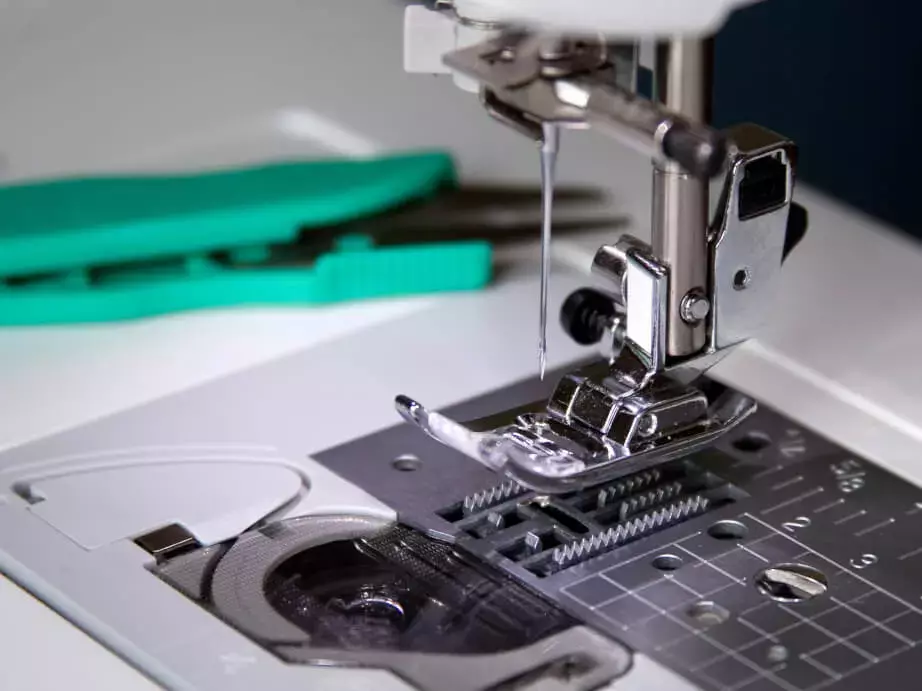Singer Sewing Machine Parts Explained
2023-03-14
When it comes to sewing machines and accessories, Singer is one of the longest-standing and most trusted brands on the market today. If you have a Singer sewing machine, you can be confident that your machine is high quality and can handle a wide variety of projects.
If you already have a Singer sewing machine, it’s essential to understand the different components of your machine in order to use it properly and make the most out of it.
If you’re considering investing in a Singer brand machine for the first time, this information about some of the common parts of sewing machines will help you make an informed decision.
Presser Foot
The presser foot is a removable piece of equipment that attaches easily to your machine when needed and keeps fabric steady during stitching.
Presser feet are removable — there are multiple types of presser feet that are designed to work with different material types and stitching patterns. When you need a specific presser foot for a project, you can simply remove the standard presser foot and attach a different one that’s better suited to your needs.
Bobbin/Bobbin Case
Every Singer sewing machine has a bobbin, which is the component your thread is wound around. Specifically, the thread inside the bobbin is applied to the underside of your stitch.
Some machines have a drop-in bobbin that comes from above or a front-loading bobbin that’s loaded into the machine’s front-facing side — it all depends on the specific model of sewing machine you have.
The bobbin case keeps the bobbin enclosed and helps to prevent the thread from getting tangled. Bobbins are usually not interchangeable from model to model, so if you’re ever replacing your bobbin, you’ll have to ensure you get one designed for use with your sewing machine.
Needle/Needle Clamp
The needle is the sewing tool that brings the thread through the fabric and creates the stitch. Needles are a crucial part of any Singer sewing machine.
Needles can be removed and replaced easily if you want to change out an old, dull needle or use a different size based on the material and stitching type you’re working with. The needle clamp keeps the needle in place as you sew, preventing any loose or insecure stitching.
Throat Plate
The throat plate is a small metal sheet underneath the presser foot and needle on a Singer sewing machine. This plate has a small opening for the thread from the bobbin to come out and for the needle to work through, creating the stitching on your project.
Many throat plates are designed with small notched lines to the right of where the presser foot lies on top. These lines guide sewers in planning seam allowances and ensuring their stitches are straight. Throat plates should be regularly removed and cleaned.
Feed Dogs
The feed dogs are an essential part of any Singer sewing machine. They pull the fabric in between the throat plate and presser foot as you sew. Feed dogs can be made of metal or rubber and are characterized by their small “teeth” that move the fabric along and support neat stitching.
In fact, it’s crucial to allow the feed dogs to do their job without applying too much force to the fabric yourself as it moves through your machine. Pushing or pulling the fabric too much as you sew could cause stitching errors or even bent or broken needles.
Tension Regulator
Sewing machines are able to move the fabric and create stitches using various points of tension throughout the machine’s inner workings. Your machine’s tension regulator controls these points of tension.
As long as the tension regulator dial is set to the proper levels for your material type, thread type, and needle size, your machine will be able to perform as expected and not experience issues.
GoldStar Tool Has the Sewing Machine Accessories You’re Looking For
Singer sewing machines are a great tool to introduce you to DIY crafting or expand your sewing knowledge and experience. Find Singer sewing machines, parts, accessories, materials, and more at GoldStar Tool.





